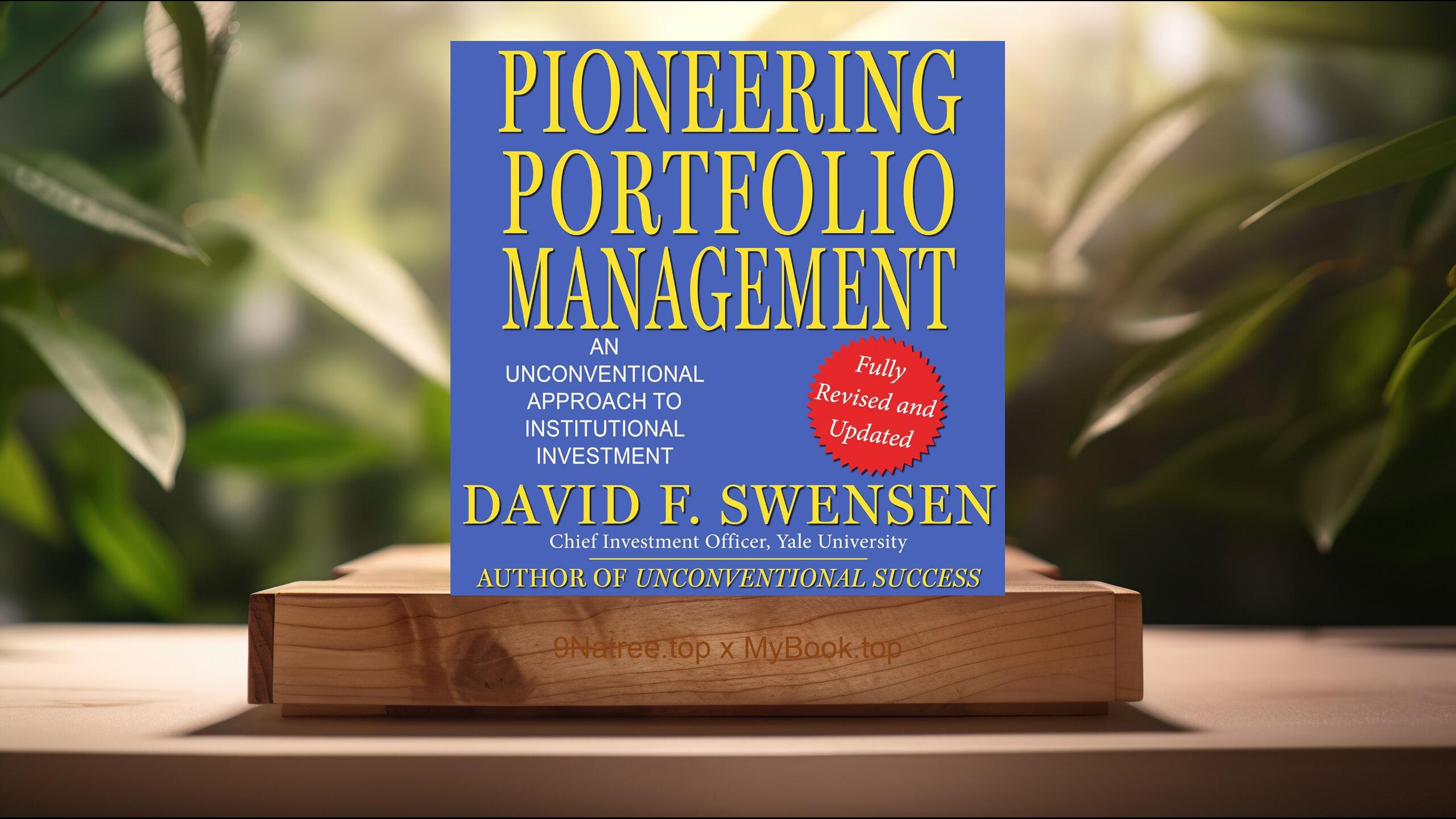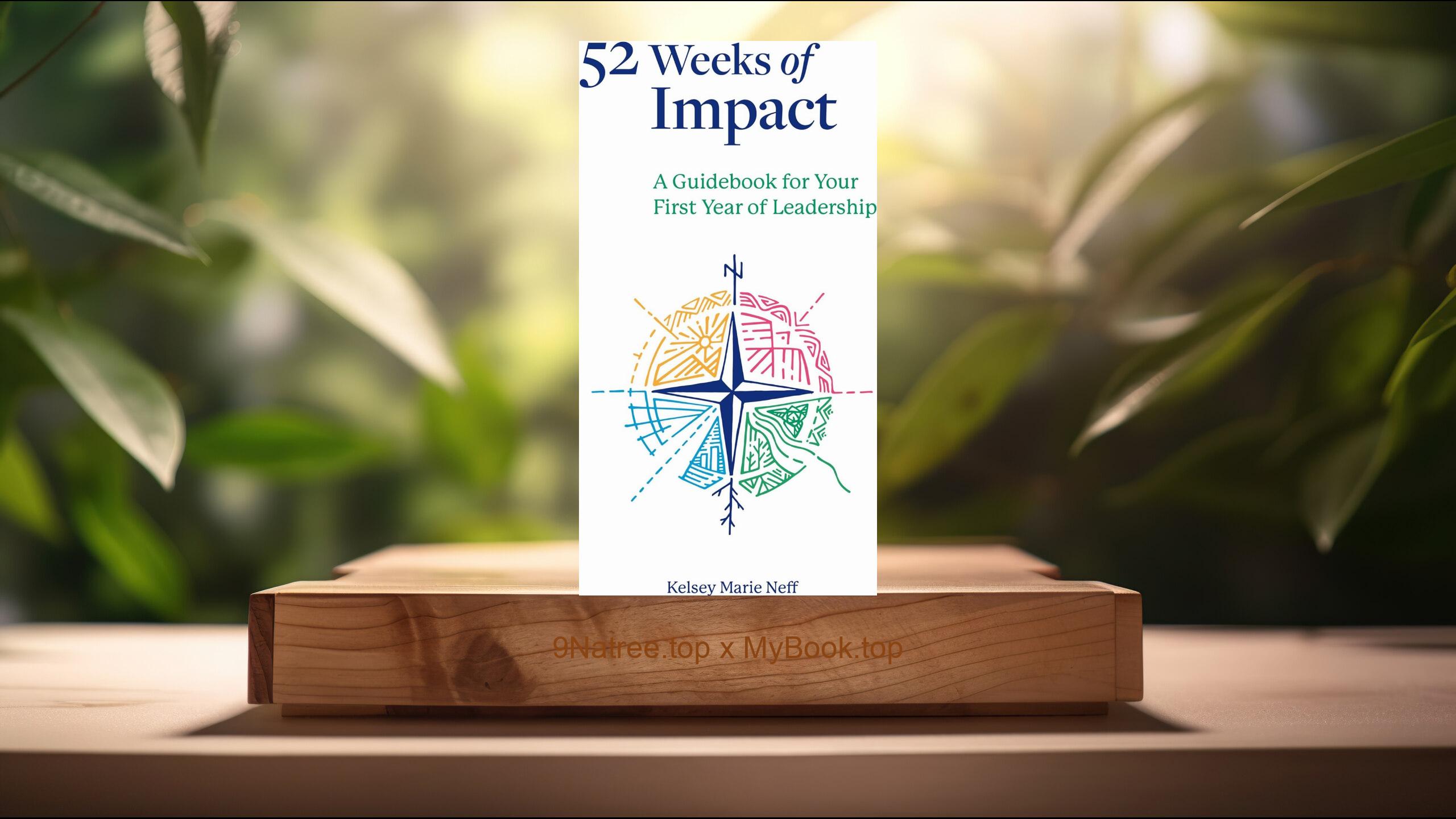Show Notes
- Amazon USA Store: https://www.amazon.com/dp/047004389X?tag=9natree-20
- Amazon Worldwide Store: https://global.buys.trade/The-Dhandho-Investor%3A-The-Low-Risk-Value-Method-to-High-Returns-Mohnish-Pabrai.html
- Apple Books: https://books.apple.com/us/audiobook/the-dhandho-investor-the-low-risk-value-method-to/id1643330449?itsct=books_box_link&itscg=30200&ls=1&at=1001l3bAw&ct=9natree
- eBay: https://www.ebay.com/sch/i.html?_nkw=The+Dhandho+Investor+The+Low+Risk+Value+Method+to+High+Returns+Mohnish+Pabrai+&mkcid=1&mkrid=711-53200-19255-0&siteid=0&campid=5339060787&customid=9natree&toolid=10001&mkevt=1
- Read more: https://mybook.top/read/047004389X/
#ValueInvesting #RiskManagement #WealthCreation #InvestmentStrategy #MohnishPabrai #DhandhoFramework #MarginofSafety #CompoundingEffect #TheDhandhoInvestor
These are takeaways from this book.
Firstly, Understanding Dhandho Principles, Dhandho is a Gujarati word which translates to endeavors that create wealth. The book delves deeply into the Dhandho framework, rooted in the principle of minimizing risk while seeking high returns - a philosophy contrary to the high risk, high reward mantra commonly preached in the investment world. Pabrai meticulously outlines how the shrewd investor can use the 'heads, I win; tails, I don’t lose much' approach. By investing in businesses that are simple to understand, have predictable cash flows, and are available at a price significantly below their intrinsic value, investors can significantly mitigate risk. The book provides various examples, illustrating these principles through real-life success stories of investors who have adopted this not-so-conventional approach to wealth creation.
Secondly, The Tenets of Value Investing, Pabrai reiterates the value investing philosophy initially popularized by Benjamin Graham and further refined by Warren Buffett. He encapsulates it in what he calls 'The Dhandho Framework', distilled into easily digestible tenets for the lay investor. The book emphasizes investing in businesses with durable moats, little to no debt, a significant margin of safety, and highly capable management. Pabrai argues that such investments, made with a long-term horizon in mind, are less likely to be influenced by the market's inherent volatility, thereby safeguarding against permanent loss of capital. Through a myriad of examples, Pabrai shows how adopting a steadfast focus on value rather than trends or market timing can lead to substantial wealth accumulation.
Thirdly, Risk and Uncertainty in Investing, One of the core principles of the Dhandho method that Pabrai elaborates on is the distinction between risk and uncertainty in investments. While the two terms are often used interchangeably, Pabrai outlines how understanding their difference is crucial for the value investor. Risk involves known probabilities of outcomes, whereas uncertainty pertains to scenarios with unknown probabilities. The Dhandho investor embraces uncertainty because it is within these scenarios that the most significant opportunities for purchasing undervalued assets arise. By emphasizing the analysis of risk and mitigation strategies, Pabrai guides the investor on how to navigate through uncertainty while minimizing potential downsides, thereby exploiting the market’s inefficiencies for high returns.
Fourthly, Leveraging The Power of Compounding, Pabrai dwells on the concept of compounding as an investor's greatest ally. By reinvesting returns, an investor can experience exponential growth in their investment over time. However, the key to harnessing the power of compounding is patience and discipline. Pabrai stresses the importance of holding onto investments in value-creating businesses over extended periods. Through this method, the returns not only grow but do so at an increasingly rapid rate due to the compound effect. He demonstrates through various case studies how a disciplined approach to investing, combined with the time-honored principle of compounding, can lead to enormous wealth creation, highlighting the critical importance of time in the investing equation.
Lastly, Adopting a Cloning Strategy, Another compelling strategy Pabrai discusses is the concept of 'cloning' the investment strategies of highly successful investors. He argues that, rather than trying to reinvent the wheel, individual investors can significantly benefit by mimicking the investment decisions of proven investors like Warren Buffett. Cloning, as Pabrai describes, is not about blind imitation but understanding and adapting the principles that have made these investors successful. By following their investment strategies within the Dhandho framework's context, investors can select undervalued companies that offer a high margin of safety and potential for significant returns. This approach encourages learning from established wisdom and applying these lessons to one’s investment philosophy.
![[Review] The Dhandho Investor: The Low-Risk Value Method to High Returns (Mohnish Pabrai) Summarized](https://episodes.castos.com/660078c6833215-59505987/images/2106839/c1a-085k3-mkjq6x27a3vm-oejwws.jpg)




